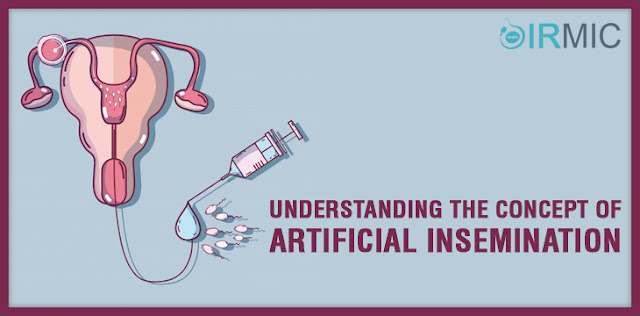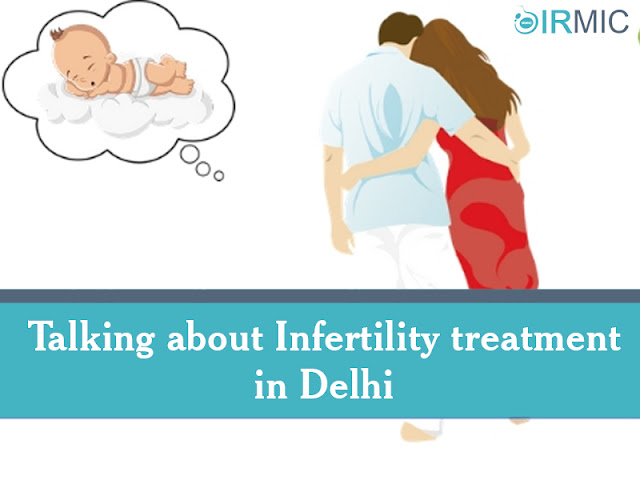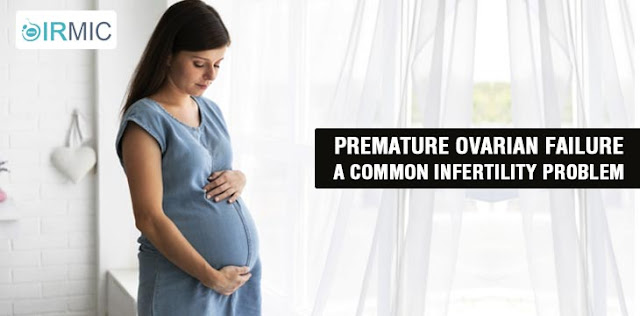Understanding the concept of Artificial Insemination
Artificial insemination or AI is the process by which sperm is placed into the reproductive tract of a female for the purpose of conceiving the female by using means other than sexual intercourse or natural insemination.
In humans, it is used as assisted reproductive technology, using either sperm from the woman's male partner or sperm from a sperm donor (donor sperm) in cases where the male partner produces no sperm or the woman has no male partner (i.e., single women, lesbians).
In cases where donor sperm is used, the woman is the gestational and genetic mother of the child produced, and the sperm donor is the genetic or biological father of the child.
Procedure:
Specifically, freshly ejaculated sperm, which has been frozen and softened, is placed in the cervix (intracervical insemination - ICI) or, after washing into the female's uterus (intrauterine insemination - IUI) by artificial means.
In humans, artificial insemination was originally developed as a means of helping couples to conceive where there were 'male factor' problems of a physical or psychological nature affecting the male partner which prevented or impeded conception.
Today, the process is also and more commonly used in the case of choice mothers, where a woman has no male partner and the sperm is provided by a sperm donor.
IUI Treatment
Intrauterine insemination: 'Washed sperm', that is, spermatozoa which have been removed from most other components of the seminal fluids, can be injected directly into a woman's uterus in a process called intrauterine insemination (IUI). If the semen is not washed it may elicit uterine cramping, expelling the semen and causing pain, due to the content of prostaglandins.
(Prostaglandins are also the compounds responsible for causing the myometrium to contract and expel the menses from the uterus, during menstruation.) The woman should rest on the table for 15 minutes after an IUI to optimize the pregnancy rate. To have optimal chances with IUI, the female should be under 30 years of age, and the man should have a TMS of more than 5 million per ml. In practice, donor sperm will satisfy these criteria.
A promising cycle is one that offers two follicles measuring more than 16 mm, and estrogen of more than 500 pg/ml on the day of hCG administration. A short period of ejaculatory abstinence before intrauterine insemination is associated with higher pregnancy rates. However, GnRH agonist administration at the time of implantation does not improve pregnancy outcome in intrauterine insemination cycles according to a randomized controlled trial. It can be used in conjunction with ovarian hyperstimulation. Still, advanced maternal age causes decreased success rates; Women aged 38-39 years appear to have reasonable success during the first two cycles of ovarian hyperstimulation and IUI. However, for women aged 40 years, there appears to be no benefit after a single cycle of COH/IUI. It is therefore recommended to consider in vitro fertilization after one failed COH/IUI cycle for women aged 40 years.
Resource box:
Meet Dr RK Sharma for Clinic for artificial insemination and get the best treatment for your infertility.




Comments
Post a Comment